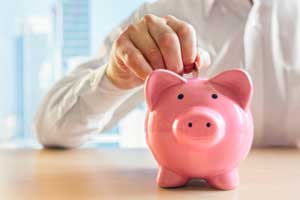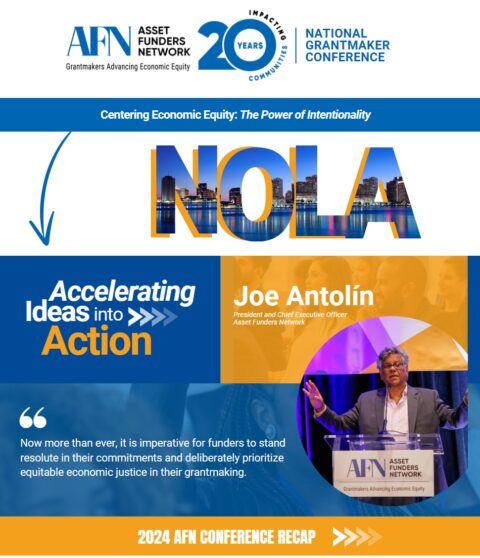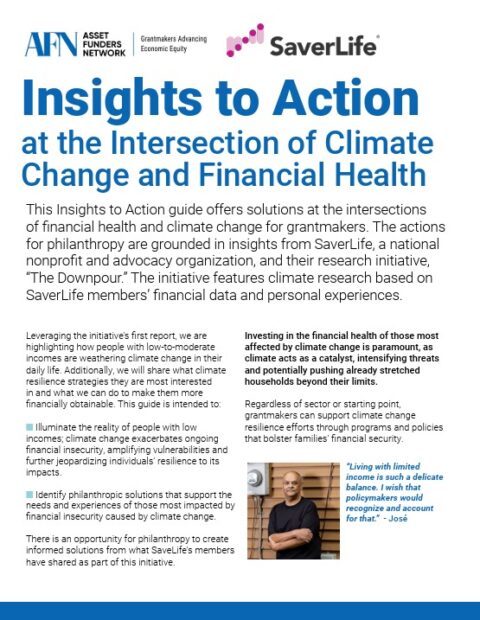Courtesy author Ray Boshara, senior adviser and the director of the Center for Household Financial Stability at the Federal Reserve Bank of St. Louis

When my high school graduation yielded a sweet $1,000 in cash, I asked my dad if I could use it all to pay down the debt I owed him for a car I just had to have the day I turned 16. I loved my 1972 Cutlass Supreme but hated having debt, and my dad, being my dad, was charging me interest. But he said no: It’s best to pay off some of the debt and always have some money in the bank to fall back on.
I never forgot that lesson, and now—thanks to my colleague Emily Gallagher, a visiting scholar in our Center for Household Financial Stability—we have some real evidence that that’s the right thing to do, even if your bank is charging you more interest than my dad was.
Saving Vs. Paying Down Debt
She began her In the Balance brief with this provocative question: “Why would someone keep $1,000 in a low-earning bank account while owing $2,000 on a credit card that charges a double-digit percentage interest rate?” It’s provocative because Emily is an economist, and most economists would say, hands down, you’re better off paying down that high-interest debt.
But then Emily defies her fellow economists and says it’s better to save: “[K]eeping a cash buffer greatly reduces the risk that a family will miss a payment for rent, mortgage or a recurring bill, will be unable to afford enough food or will be forced to skip needed medical care within the next six months.”
The Struggles of Having No Savings
For millions of struggling families, these are real issues. Earlier this year, consumer debt hit an all-time high of 26 percent of disposable income, largely driven by growth in auto loans, student loans and credit cards—all of which tend to carry high interest rates, especially for families living on the edge.
Moreover, the Fed reported earlier this year that 44 percent of families could not meet a $400 unanticipated expense without borrowing, selling something or simply not paying at all. For these families, every day is a rainy day. So, it pays to save: even if in small amounts, even if interest rates are low and even if it means continuing to pay on high-interest debt.
The Benefits of Saving
In fact, after surveying thousands of real families, the Consumer Financial Protection Bureau recently published a “Financial Well-Being Scale” which found that nothing moved a family up the scale—towards greater financial well-being—than having more rainy day or “liquid” savings.
And in our research at the Center, led by my colleagues Bill Emmons and Lowell Ricketts, we found that lack of savings was one of the most consistent characteristics of weak family balance sheets.
And saving is good not just to avoid hardship: There’s lots of research showing that having savings and assets—even in modest amounts—gives children and families a sense of hope for the future, an ability to plan and even a greater likelihood of going to and completing college.
As a teenager, I thought my dad was mostly wrong about things and, as an adult, I think economists are mostly right about things. It’s nice being pleasantly surprised.
Additional Resources
- Center for Household Financial Stability: The Demographics of Wealth
- In the Balance: Cash on Hand Is Critical for Avoiding Hardship


